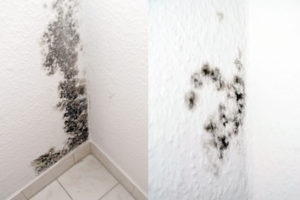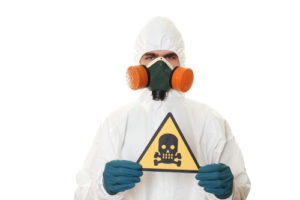Know the Unexpected Places Mold Can Grow in Your NJ Home

Mold Infestations Are Dangerous
People tend to look for mold in the places where it’s highly visible. It’s easy to spot mold under the kitchen sink or on basement walls. You need to know the less obvious hiding places for mold because a colony can regenerate and spread if you leave spores behind!
HouseLogic has rounded up “sneaky” places that warrant a mold inspection:
– Air conditioners (both central and window units)
– Dishwashers, dishes, and other kitchen items
– Window seams and seals
– Washing machines
– Refrigerator drip pans
– Chimneys (and other brick structures)
It may help to know what mold smells like because it’s not always visible. Family members should all know the symptoms of mold illness and not ignore a cough or wheezing problem, especially if mold has been suspected or found or if a flooding issue or moisture leak has occurred in the home.
What to Do if You Find Mold
Pause for a moment before acting on the natural urge to grab bleach or multipurpose spray and try to clean mold yourself. Focus on detoxifying from mold exposure and call a professional NJ mold removal service for an inspection.
Stern Mold provides a no-obligation inspection and quote. We guarantee firm, upfront pricing without hidden fees later. We find the mold, then use MoldExterm to kill it and seal the surfaces for future protection.
Other NJ mold removal companies might fail you by failing to get rid of the mold in the long run, or resorting to expensive gutting and remodeling. Stern Mold simply finds the mold and prevents it from growing back!
Contact us today for your free NJ mold removal inspection.




